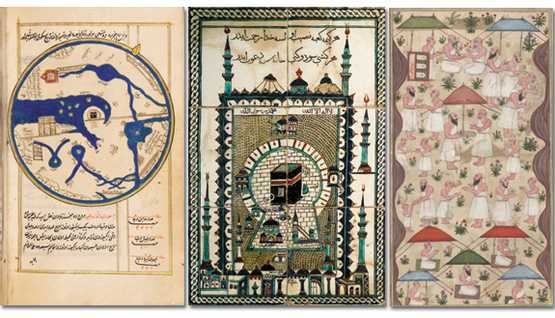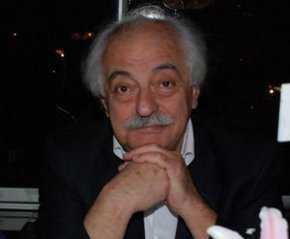ISTANBUL — When what had been a gentrifying neighborhood’s most successful art walk devolved into a bloody street fight, it raised embarrassing questions for a city celebrating its status as a 2010 European Capital of Culture.
Here in the Tophane neighborhood of the central Beyoglu district of Istanbul, new galleries have squeezed into retail spaces next to butchers, bakers and grocers. What once was primarily home to migrants from eastern Anatolia has become a mixed zone of traditional men-only tea houses and trendy designer boutiques. As in other cultural capitals like Paris or New York, gallery owners have coordinated art openings to draw in critics and collectors and to get a buzz going as visitors enjoy glasses of wine while strolling from exhibit to exhibit.
But on the evening of Sept. 21, the crowds outside three Tophane galleries were attacked by angry mobs, with reports of men armed with knives, iron bars, broken bottles, frozen oranges and pepper spray beating people who sipped sangria and smoked cigarettes on sidewalks. As many as 15 people were reported wounded, including visitors from Poland, the Netherlands, Germany and Britain, including a British-Turkish artist who required stitches to close a head wound. Seven suspects were detained and released.
Why this happened is a puzzle. “After all, a gallery ought to be a safe place to visit, no?” the gallery owner Derya Demir said during a recent interview.
Theories abound, including a plot by organized criminals to block gentrification that impedes illegal activities; anger from stricter Muslim landlords backed by a government that opposes alcohol; rage by ultranationalists who object to Ataturk-twisting sculptures; even a plot by the Deep State to discredit residents in order to more easily evict them from valuable real estate.
“At first people thought it was a reaction to this show,” said Ms. Demir, inside her Galeri NON on Bogazkesen Caddesi, or “Throatcutters Avenue,” where an exhibit by the artist Extrastruggle showed the founder of the modern Turkish republic sporting angel wings and turned on his head.
“That night we had a total of about 500 visitors, but on and off,” she said. “There were never more than 100 people outside on the street. I heard someone say there’s a fight; there’s an attack.”
“People were trying to close the gallery doors,” she said, “and I got my assistant to close the metal shutters over the glass windows because the attackers were trying to get inside. I was told there were around 30 attackers, maybe more.
“I was inside, and we all started coughing because of the pepper gas. I shut off all the lights. Everyone was on their mobile phones calling the police.”
In calls to and from other gallery owners, Ms. Demir learned that three galleries were being attacked.
“The police were half an hour late,” she said, “and then they sent only two officers. By then the attackers were gone and also most of the guests. We thought we were safe.” But a second wave of attackers soon appeared.
“There were four, then they became 20, beating people with sticks and frozen oranges,” she said. “One guest’s nose was broken — in front of the police. One gallery’s entrance window was broken.We called more police. This time they sent a van, but as far as I could tell they didn’t arrest anyone.”
The Beyoglu Police Station responded to the disturbance. An officer at the station said recently that “there is an investigation, but for now, no one has been arrested.”
The officer said the fight broke out at another gallery, Outlet, after the owner had been warned by the landlord not to sell alcohol on his property. “The landlord’s relatives went to her that night to say don’t sell alcohol, or at least just keep it indoors,” the officer said. “But you can’t smoke inside the gallery, so people stepped outside with their drinks to smoke. Going outside with their drinks — that’s how the problem started.”
Three young men came, the officer said. “These friends attacked with pepper gas, and a fight broke out.”
via Art Walk Turns Into Street Fight in Istanbul – NYTimes.com.






